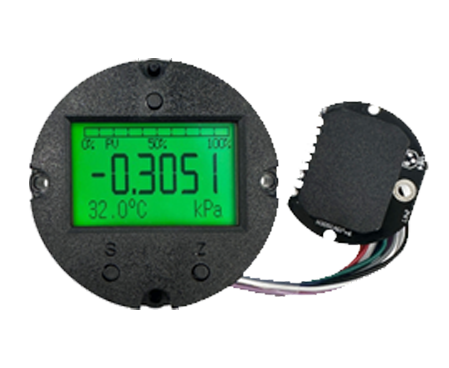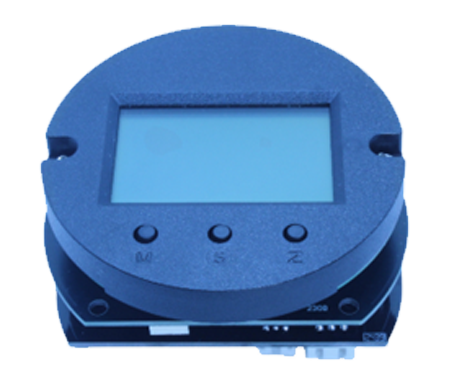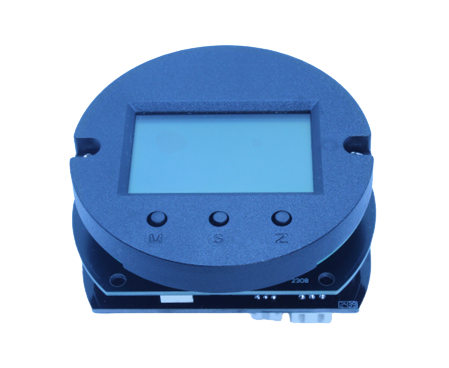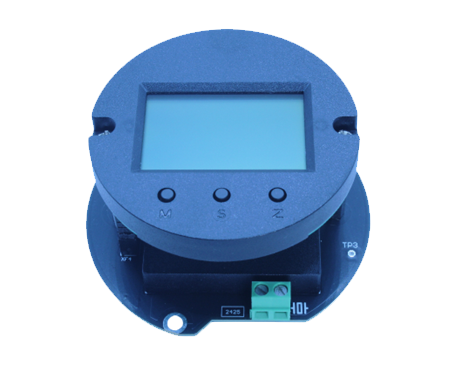What Are the Key Features of Advanced Pressure Transmitter Boards?
What’s the Deal with Pressure Transmitter Boards?
What Do Pressure Transmitter Boards Do in Industrial Systems?
Pressure transmitter boards are like the unsung heroes in industrial setups. They act as the middleman between pressure sensors and control gear, turning raw sensor data into standard electrical signals. These signals usually show stuff like gas or liquid pressure, fluid levels or flow rates.
Pressure transmitter is used to measure the gas, steam’s level, density and press. Then transform it into 4-20mA DC signal connecting to PC, control instrument etc. This makes it super easy for things like programmable logic controllers (PLCs) or distributed control systems (DCS) to talk to other gear and keep things running smooth.
How Do They Help Keep Measurements Spot-On?
Accuracy’s everything in industrial work and pressure transmitter boards are key to making sure sensor readings are rock-solid, precise and consistent. These boards pack fancy analog-to-digital converters (ADCs), low-noise amps and filtering tricks to cut down on signal fuzz. High-res components mean you get super detailed measurements, even when the environment’s all over the place.
Why Signal Conversion and Data Sending Matter
Signal conversion’s the heart of what these boards do. They take analog signals from bridge-resistance or piezoresistive sensors and turn ‘em into digital outputs or standard analog formats like 4–20 mA or 0–10 V. Getting data sent right ensures downstream systems get info they can trust for making decisions. In newer setups, digital protocols like HART send both measurements and diagnostic stuff over the same wires.
Hooking Up with Control Systems and Monitoring Gear
Pressure transmitter boards are built to slide right into existing automation setups. They play nice with standard communication formats, so you can hook ‘em up to SCADA systems, PLCs or cloud-based IoT platforms without a hitch. This lets you monitor stuff in real-time, run diagnostics from afar and trigger automatic controls based on live pressure data.
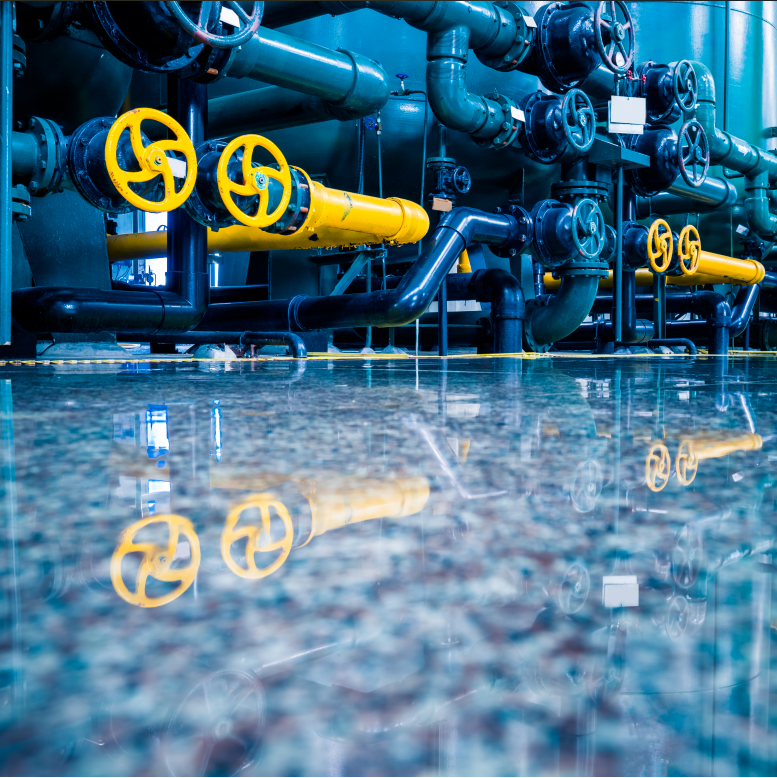
What Makes Advanced Pressure Transmitter Boards Highly Efficient?
What Sets an “Advanced” Pressure Transmitter Board Apart?
An advanced pressure transmitter board stands out with its precision build, tough design, smart features and ability to handle all sorts of jobs. These boards come with cool diagnostics, digital communication options, temperature fixes and strong resistance to environmental hiccups.
Super Precise Sensing and Steady Signals
Top-tier models have high-performance circuits that keep signals steady, even in rough conditions. H3051 series intelligent pressure transmitters are specifically designed for high-performance diffused silicon, single-crystal silicon and other bridge-resistance pressure sensors based on the HART protocol. These parts make them reliable in tough spots like petrochemical plants or water treatment facilities.
Digital vs. Analog Output Options
Modern boards give you both analog (like 4–20 mA) and digital outputs (like HART protocol). Analog’s simple and works with older systems, while digital lets you do two-way communication for tweaking settings and checking diagnostics.
Handling Temperature Swings
Temperature changes can throw off sensor accuracy. To fix that, advanced boards use built-in thermistors or RTDs (Resistance Temperature Detectors) for temperature compensation. It can also be used with special sensors such as PT100, which help keep measurements accurate no matter the heat or cold.
Built Tough for Harsh Environments
A solid design is key for lasting in industrial settings.
Protection from Moisture, Vibration and EMI Noise
High-quality boards have coatings or encapsulation to block moisture. They’re built to handle vibrations without messing up the electronics and electromagnetic shielding keeps EMI noise—common in factories or transport systems—from screwing things up.
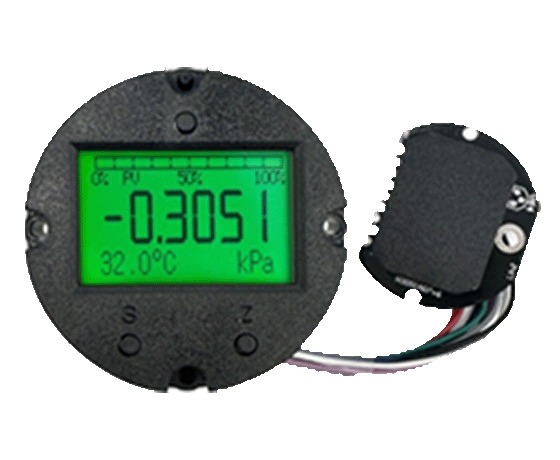
Meet ICwalk: Bringing Innovation to Pressure Measurement
Who’s ICwalk and What Makes Their Boards Special?
At ICwalk, we’re all about crafting top-notch pressure measurement gear for all kinds of industries. Our pressure transmitter boards mix precision engineering with tough performance to keep up with the demands of automation systems worldwide.
ICwalk’s Design Vibe
Focus on Reliability, Precision and Easy Hookups
We make reliability a priority with high-quality materials and strict testing across our production lines. Precision comes from our custom circuit designs that stay accurate and stable over time.
Modular Setup for Flexible Use
Our boards have a modular design, so you can drop ‘em into new or existing systems without a major overhaul. Whether it’s a differential-pressure job or remote monitoring with H3051TERS Electronic Remote Transmission; replacing the double-flange transmitter, we’ve got scalable options that fit your needs.
Smart Features in Modern Pressure Transmitter Boards
How’s Smart Tech Built Into These Boards?
Smart features come from tiny microcontrollers that handle sensor tweaks, temperature fixes, fault checks and communication tasks—making the board more independent and ready to roll with system demands.
Real-Time Diagnostics and Self-Calibration
Smart boards do health checks on the fly, flagging issues like drift or zero offset before they mess up your work.
Data Logging and Predicting Maintenance
Some models save data onboard or send it wirelessly to cloud platforms for analytics that predict when maintenance is needed—cutting downtime big time.
Communication Options: I2C, SPI, CAN and More
Smart interfaces like I2C or SPI make it easy to connect with embedded controllers, while CAN bus is great for tough networking in stuff like automotive or rail systems. Rail: Monitors pressure in rail transit systems.
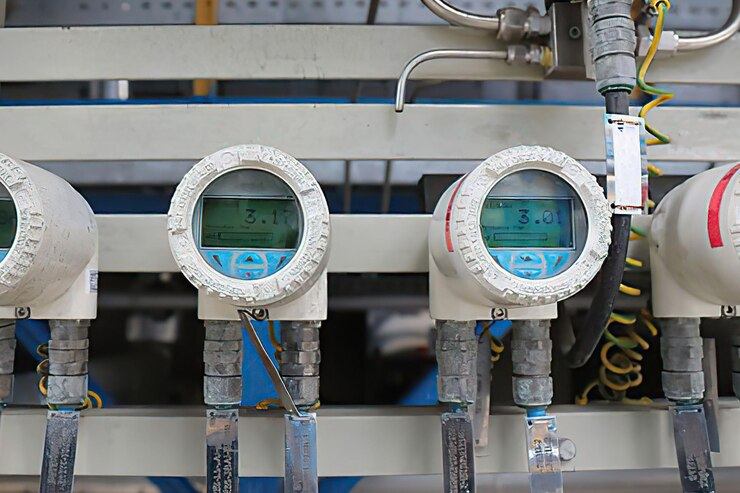
Where Are These Boards Used?
Where Do Advanced Pressure Transmitter Boards Shine?
These boards are used anywhere you need real-time tracking of fluid dynamics for safety and efficiency.
Industrial Automation and Process Control
In industries like chemical or petroleum, they measure pipeline pressure to keep flow rates perfect and avoid overpressure issues with automated feedback loops.
HVAC, Water Treatment and Energy Sectors
In HVAC setups, Controls HVAC by monitoring pressure. In water treatment plants, Monitors water pressure in water conservancy facilities. For energy, Measures pressure of energy media for consumption statistics, helping make smarter resource choices.
ICwalk’s Take on Customization and Support
How Does ICwalk Handle Unique Customer Needs?
We know every job’s got its own challenges—space limits, weird media types—and we build custom solutions to match. Our team works with you from picking the right product to getting it set up.
Custom Firmware, Calibration and Support
We offer custom firmware that fits your system, factory calibration tuned to your setup and ongoing help through docs or direct chats from our Beijing-based HQ. Room 701, Power Creative A, No.1, Shangdi East Road.
Installation Tips and Maintenance Tricks
What to Think About When Installing a Pressure Transmitter Board?
Getting it set up right keeps it working well for ages.
Mounting and Wiring Tips
Mount boards on vibration-proof surfaces away from heat, using the hardware the maker suggests. Use shielded cables for power, especially near motors or heavy machines.
Calibration and Environmental Checks
Recalibrate regularly to keep things accurate, especially for critical jobs like medical devices. Serves as a pressure sensor in medical devices. Check the enclosure for dust or moisture leaks based on the model’s IP rating.
Troubleshooting Common Problems
How Do You Spot Issues with Readings?
Weird signals might come from EMI noise or stressed connectors. Signal drift could mean aging sensors, while zero offset often points to bad calibration after setup. Communication glitches usually tie back to wiring issues or mismatched protocol settings.
FAQ
Q: What’s the Difference Between Analog and Digital Output on a Pressure Transmitter Board?
A: Analog outputs like 4–20 mA are simple but less flexible; digital outputs via HART or SPI give you more detailed diagnostics with fewer wires.
Q: How Often Should a Pressure Transmitter Board Be Calibrated?
A: Depends on the job, but usually every 6 months to a year in normal conditions. Harsh environments might need more frequent checks.
Q: Can ICwalk Customize a Board for My Specific Sensor Type?
A: Yup—we can tweak firmware to work with sensors like PT100s, magnetic flap or sapphire-based ones, whatever your project needs.
Related Posts
-
How Do Innovations in Temperature Transmitter Boards Impact Market Trends?
July 31,2025
-
What Role Do Level Transmitter Boards Play in Process Automation?
July 24,2025
-
What Makes the Flow Transmitter Board Crucial for Precise Data Transmission?
July 17,2025
-
How Does Technology Influence the Evolution of Modern Flow Transmitter Boards?
June 26,2025
-
How Can TT Temperature Transmitters Improve Process Control in Heat Treatments?
May 29,2025


